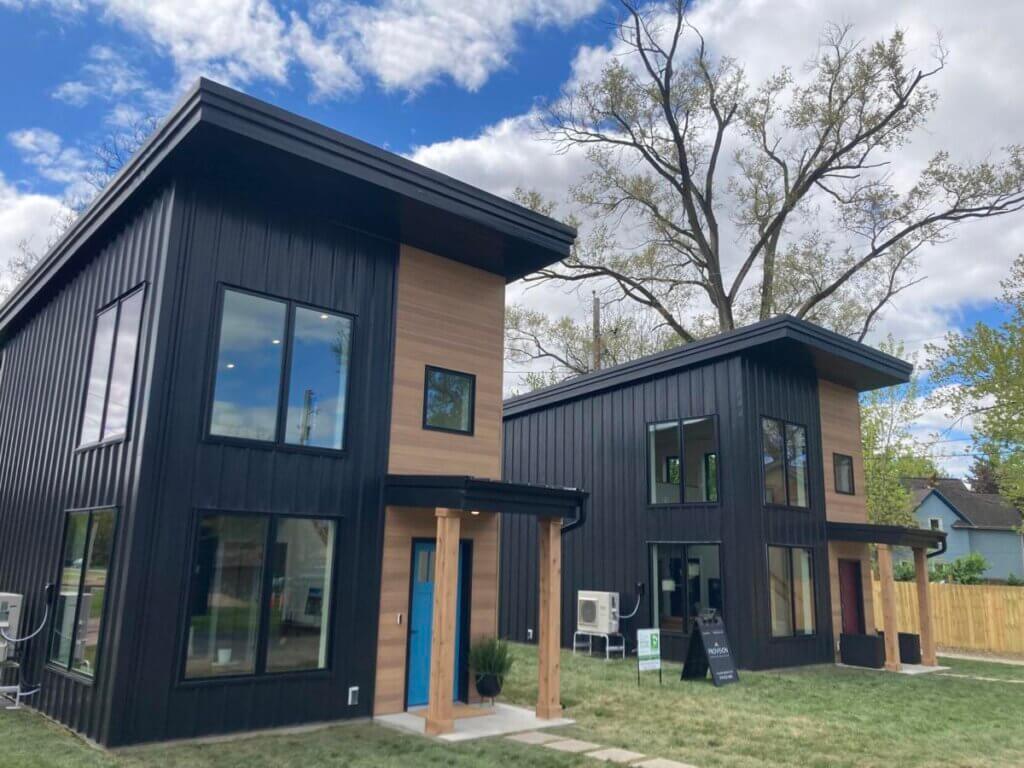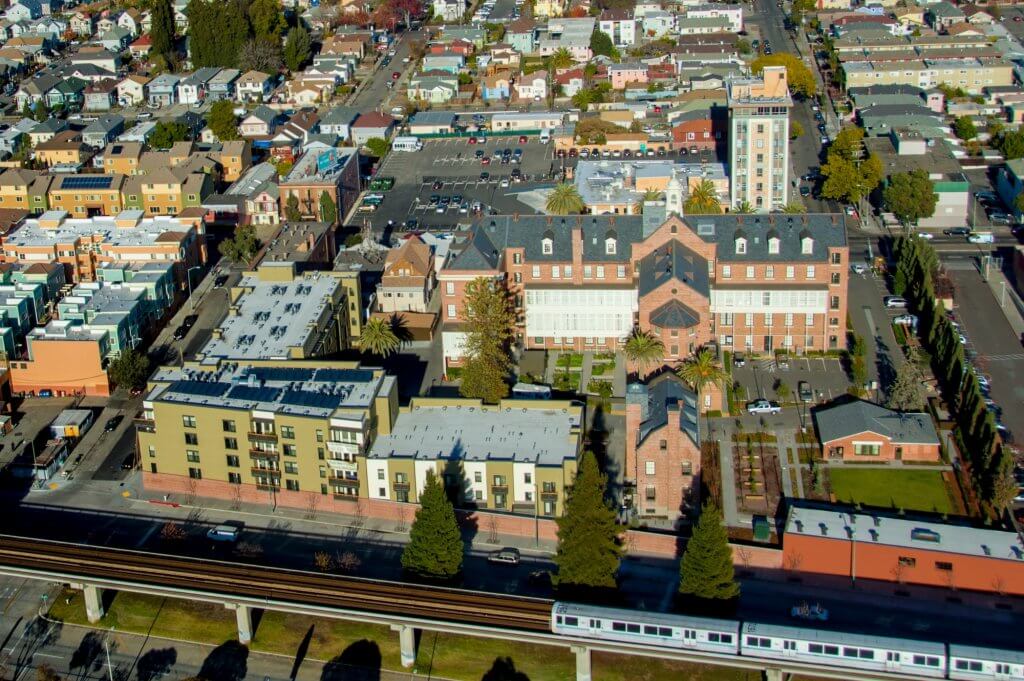From Small Steps to Giant Leaps: What Must Come Next for the California Housing Agenda?
Published On September 26, 2017
On Friday, September 15th, the California Legislature approved a package of 17 bills aimed at putting a dent in the state’s housing crisis. While the votes came down to the wire, in the end, the need for solutions won the day, and in the coming weeks the Governor is expected to sign each piece of legislation, officially ushering in the most significant housing policy changes in recent memory. You can read our recap of these bills in an earlier blog post here.
Drafting, amending, defending and eventually passing these bills was no small feat, and the legislature, the Governor and his administration, and the many groups who participated in the legislative process are to be congratulated. The housing package includes several significant changes, including funding streams to subsidize housing for the state’s most vulnerable, accountability measures to ensure all localities are producing their fair share of housing for all income levels, and measures to streamline development approvals that will accelerate the delivery of homes.
Yet, as Senator Scott Weiner (D- San Francisco), the author of the SB 35 project streamlining bill, has described it, this housing package represents merely a “down payment” on solving the state’s chronic housing shortage. We believe that this is an apt description. While the slew of new legislation makes important improvements, much more must be done to truly reverse the decades of inaction and exclusion that led to our current crisis.
Given the severity of California’s housing deficit, now is not the time to rest on our laurels. The legislature has created momentum which must be built upon and expanded to ensure that significant structural housing reform becomes a reality. As hard fought as these recent victories were, truly bold decisions are needed in the near future to adequately address what has become a seemingly intractable problem.
To move in the right direction, we need legislation that will actually substantially lower the cost of production. While SB 2 and SB 3 add much needed revenue to subsidize housing production, a considerable gap remains in the total funding needed to build enough homes to meet demand. This gap will widen as the cost of development continues to rise. While some of the streamlining bills in this recently passed package may reduce holding and predevelopment costs for select projects, none of the new pieces of legislation directly address the astronomical and growing cost of new construction, and some are likely to add new costs, largely cancelling out any savings achieved from streamlining.
This unresolved cost issue coupled with disincentives for cities to approve their fair share of housing means that leaders across the state need to think bigger. To do so, we first need to understand what is driving these growing costs, and understand what proportion are levied unnecessarily on the backs of new projects through exorbitant fees and exactions, well-meaning yet costly wage requirements, and ever costlier planning and building code restrictions and processes that can string projects along indefinitely. Armed with this knowledge, cities will also need stronger financial tools to produce a range of housing and the infrastructure needs that come with it. To that end, Terner Center is undertaking an array of new research, from understanding the drivers of construction cost increases in California to examining the variability and consistency of local impact fees. This work will help to inform the next generation of policy solutions.
In California, our economy is powered by the very people who struggle to find housing and keep up with excessive rents and prices: from teachers, first responders, and tech workers, to artists, small business owners, charitable organization employees, and healthcare workers. Recent research from UC Berkeley’s Enrico Moretti shows that our inability to house these populations costs the US economy $1.6 trillion a year in productivity. Ultimately, this is not simply a housing crisis: it encompasses significant threats to our environment, social fabric, and economy. We need a next generation of policies that foster a better functiondaing housing market that can serve the families that comprise the backbone of our economy, while protecting public resources for our most vulnerable populations facing displacement and inadequate housing options. We must also be focused on climate change realities and help bring down greenhouse gas emissions through housing production that reduces the miles Californians travel by car. We need homeownership opportunities for young families just starting out and micro rental units for others. And the opportunity to live affordably should be available everywhere, from dense downtowns to mid-rises in infill areas and even in our single family neighborhoods—which are by far the largest geographic areas in most California cities.
The decisions ahead will require the courage to pursue effective reform with politically difficult solutions. The legislature and Governor will need to summon their strongest political will to meaningfully challenge our entrenched and inequitable housing system with “both/and” solutions that truly support smart growth with controlled costs. The recent housing wins must serve as a catalyst for impactful next steps, and it is our optimistic hope that this momentum is sustained until real, tangible results emerge for housing California’s families in affordable, sustainable and vibrant communities.





